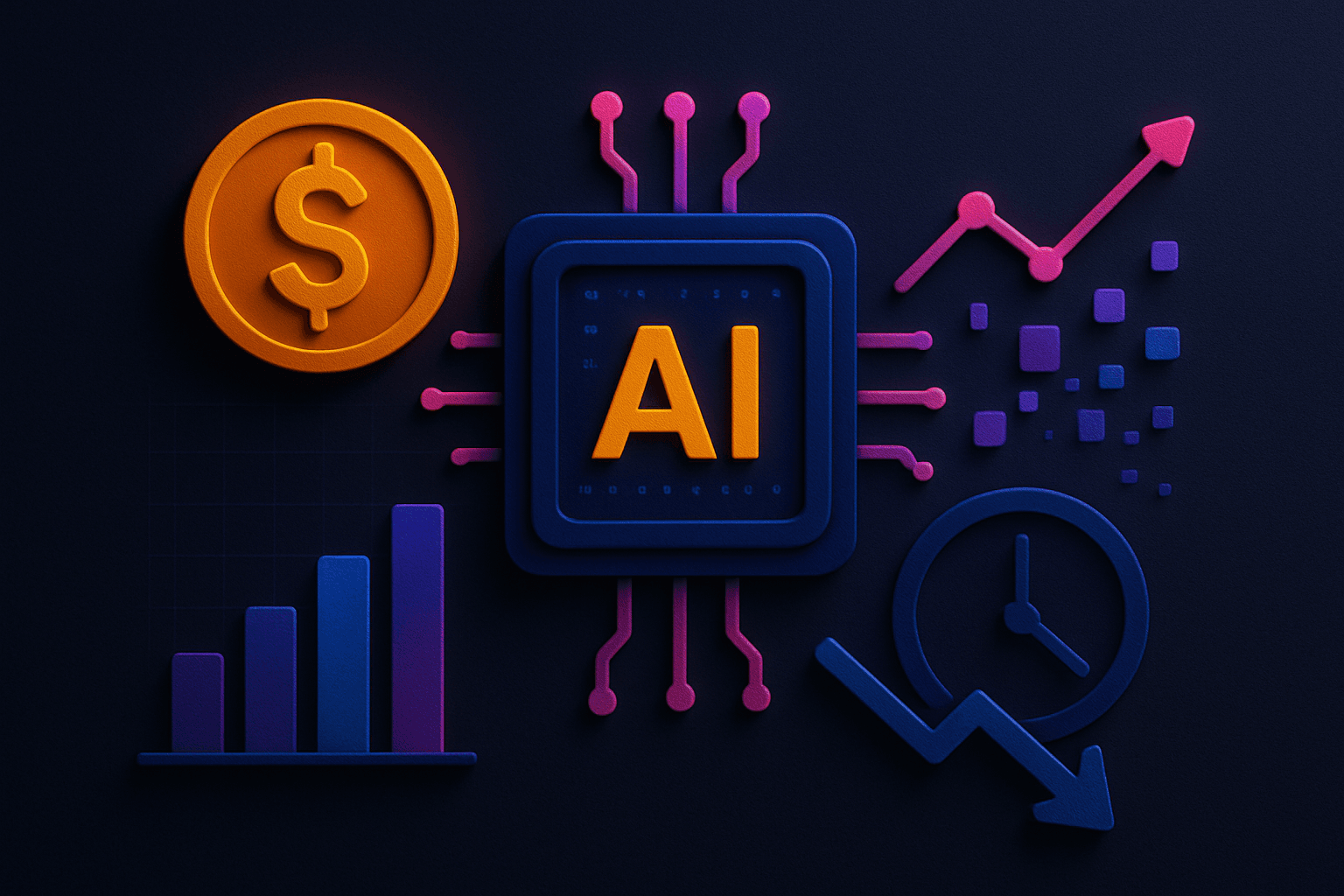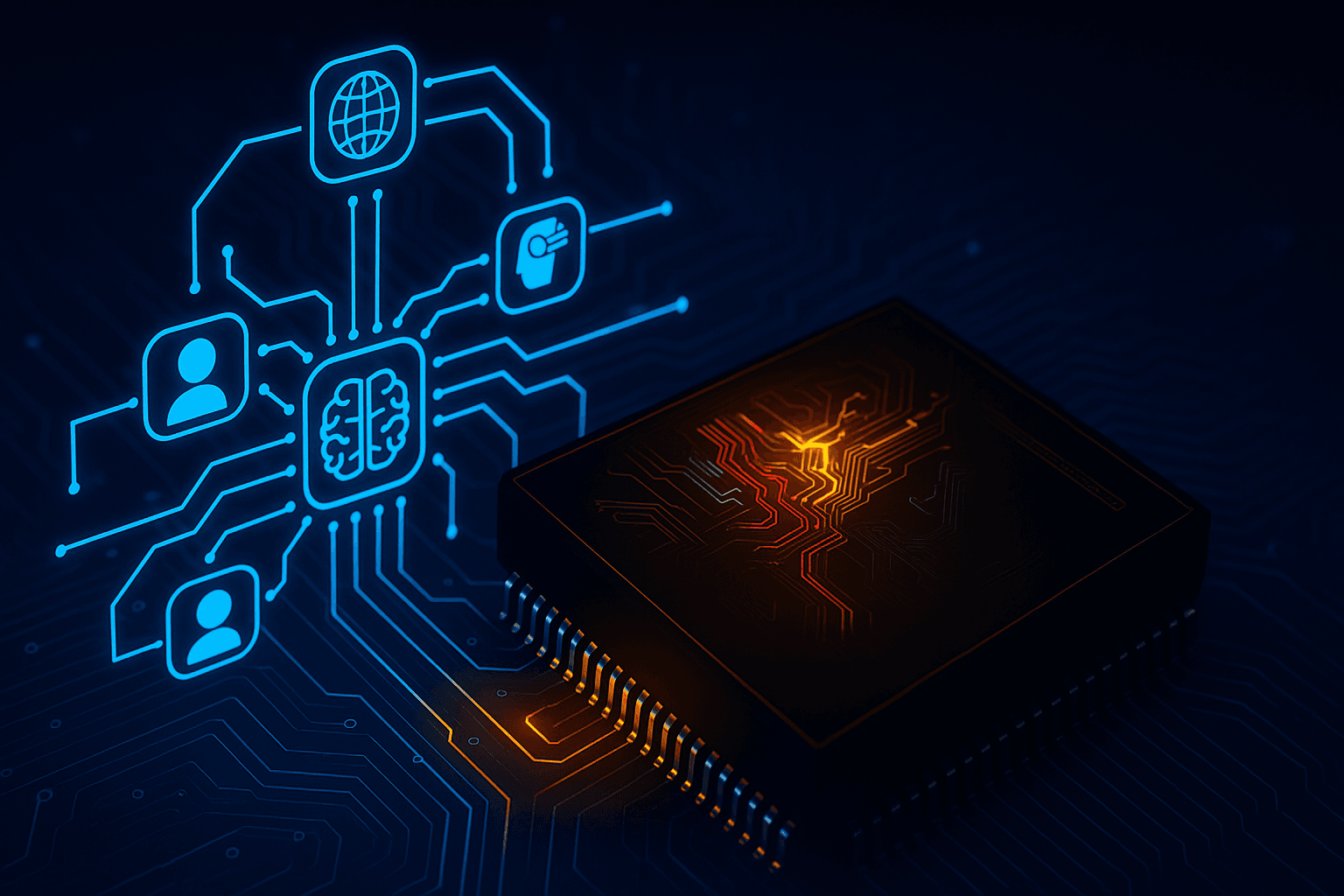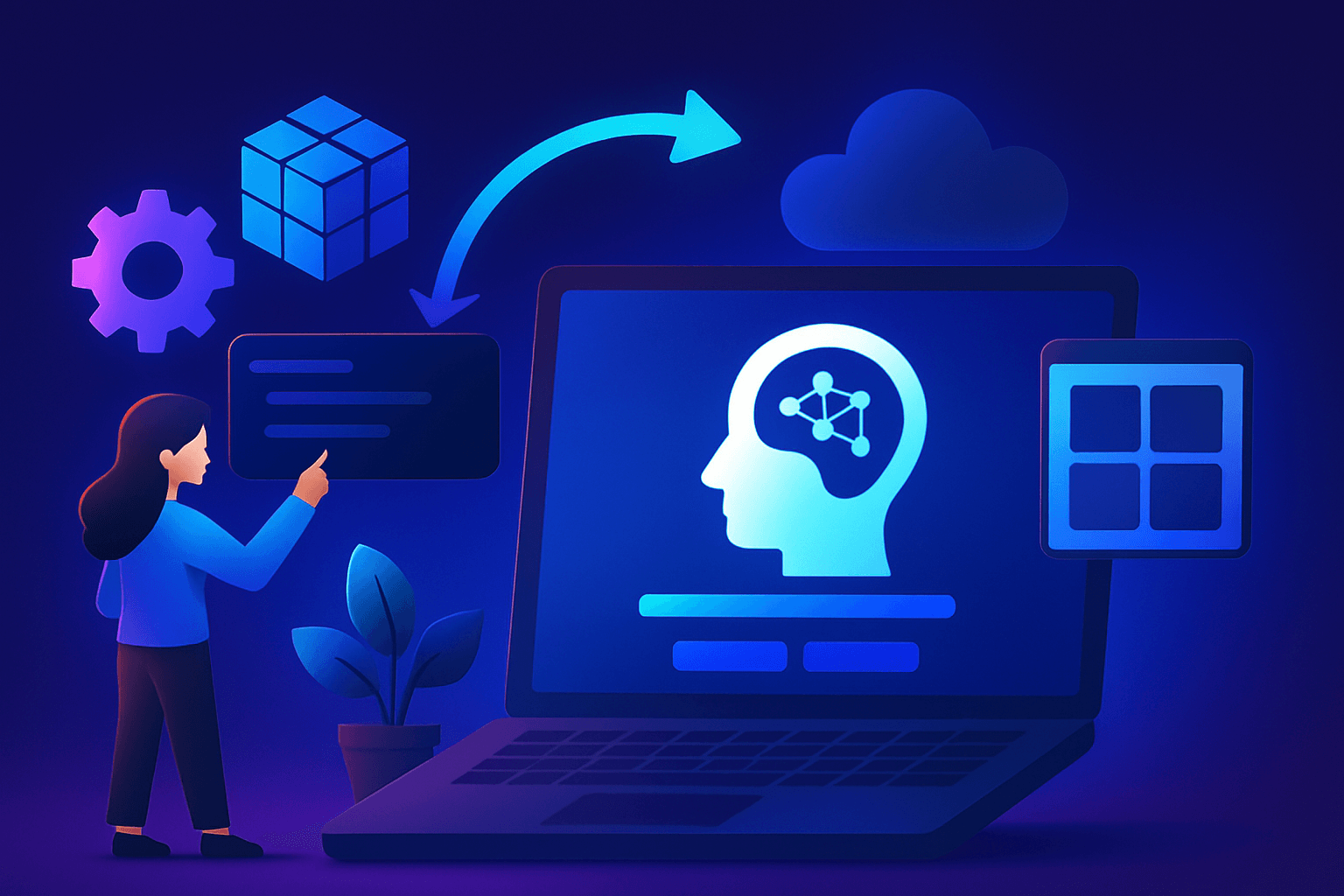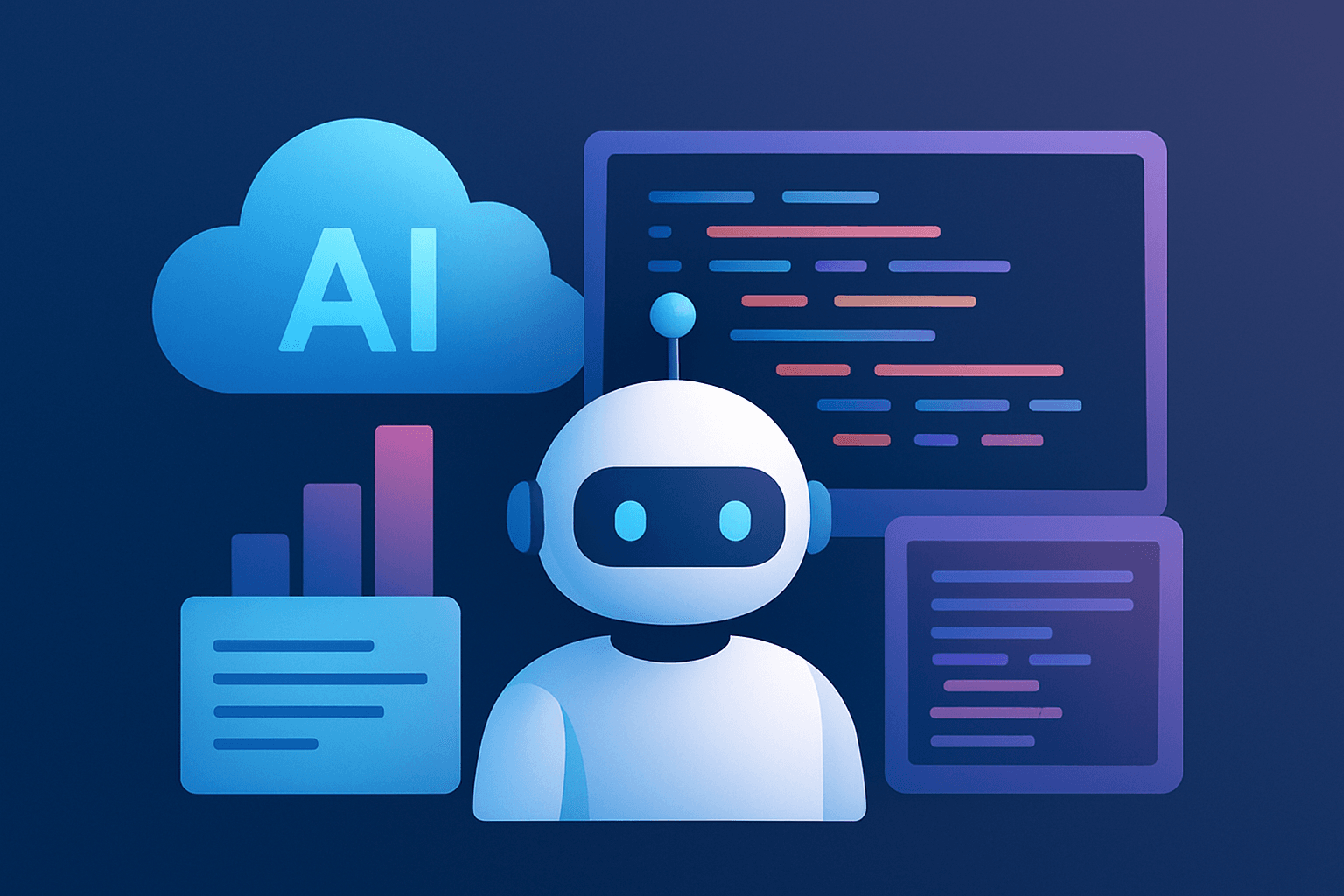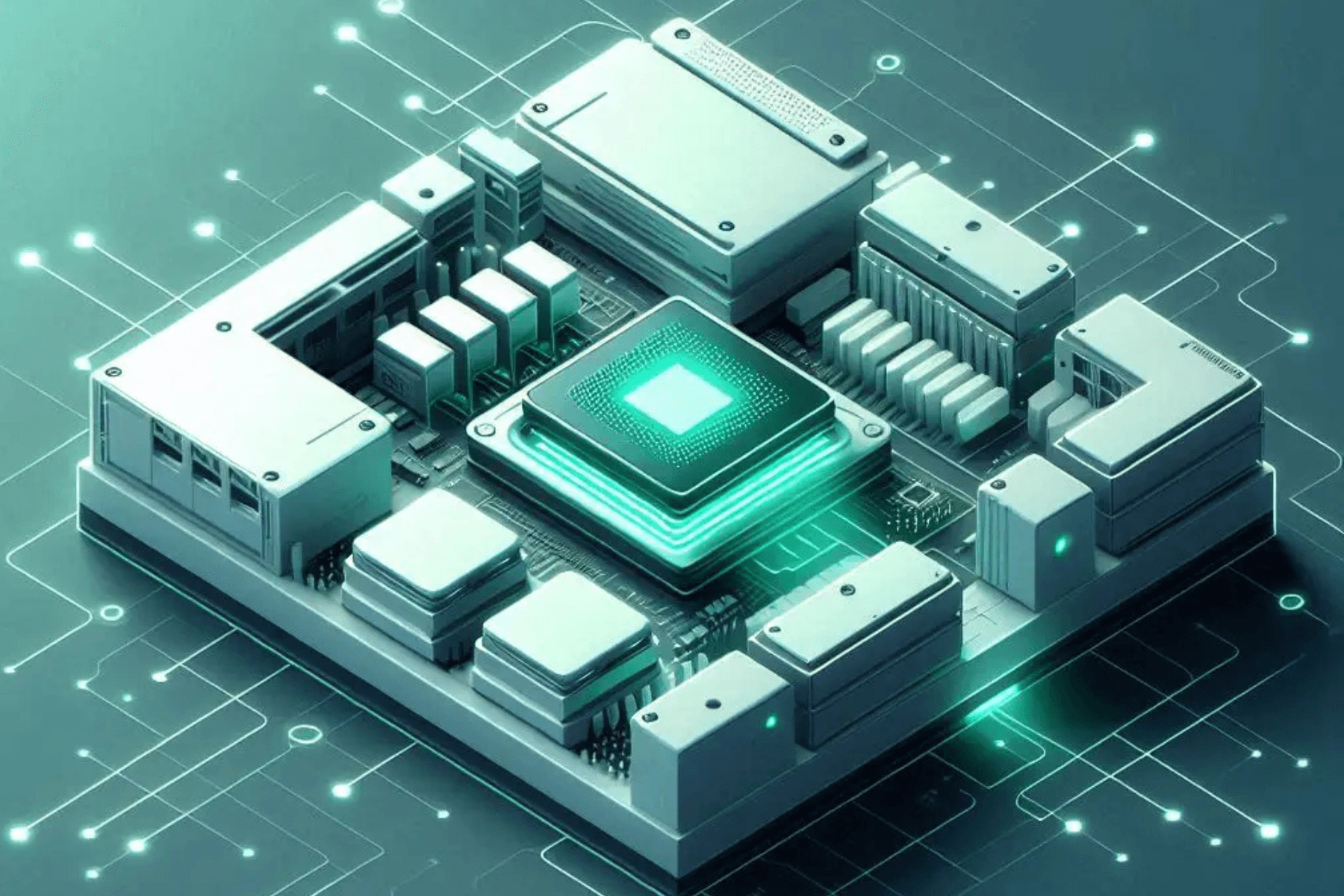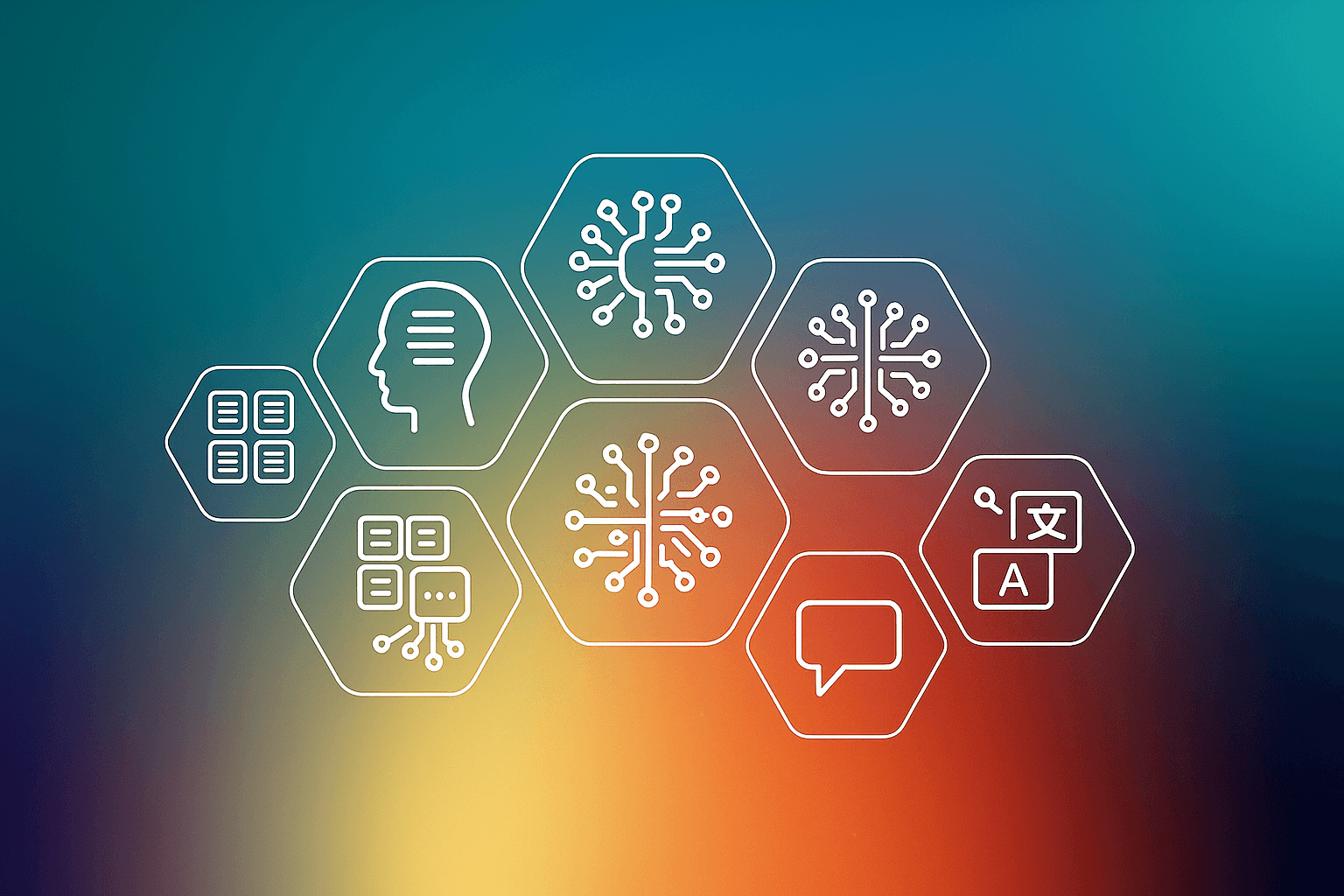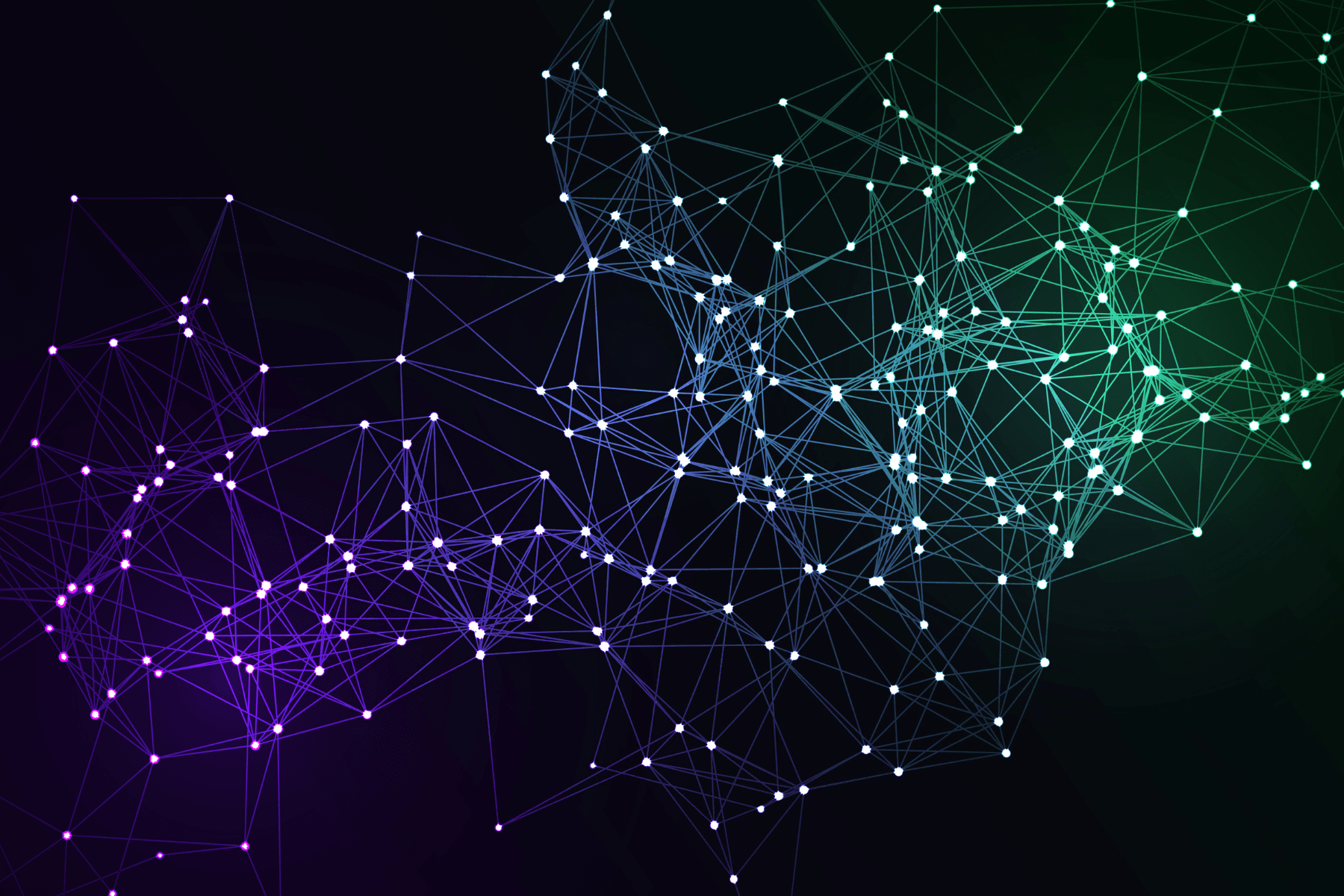The expedition of Conversational AI from Eliza to ChatGPT involved massive developments in diverse technologies. It was 1950s when Alan Turing discovered that computers actually communicate with humans, and in the late 1960’s the first ever chatbot “Eliza” came to be developed by Joseph Weizenbaum at MIT. The name "Chatterbot" then became popular in 1994. This article encourages readers to understand the basics of modern chatterbots. It also describes how the increasing popularity of digitalized systems influences the development of modern Conversational AI systems. This article focuses on the technologies involved in building Conversational AI, working with Conversational AI, and how to develop such systems.
Introduction
It is a privilege to be woven together in this precious world. Technology has always been that thread that has kept the world woven in a storyline. Digital communication has made the world smaller, leveraging its tremendous potential to reshape people’s lives. There are stories of robotic men in the mythology of the ancient Greeks and Egyptians. Since then, the age of artificial intelligence has begun to develop, offering an opportunity to become a dynamic and captivating technology. To unlock its full potential, this technology must be constructed and refined with integrity. From business to sustainability, academic success, society, and healthcare, AI development is creating new opportunities and positively affecting the quality of life. Artificial Intelligence has the ability to enhance human life from various perspectives. Conversational AI can imitate the understanding of the natural language so well that people are often surprised by the human-like mimicry of AI systems. Chatbots and virtual assistants are among the most common systems that utilize technologies like Conversational AI.
Understanding Conversational AI systems
Conversational AI is a wide range of techniques for enabling computers to converse with humans. They can easily identify speech and text inputs, interpret the purpose, translate data across different languages, and replicate human communication by integrating large amounts of data, machine learning (ML), and natural language processing (NLP). Figure 1 illustrates how Conversational AI mimics human behavior and provides an overview of a conversational between the end user and the AI chatbot.

Figure 1: Overview of Conversational AI between end user and the AI chatbot
Context, customization, and significance must all be integrated into the computer-human interaction when creating a successful conversational system. Virtual assistants and guided real-time chatbots can provide human-like interactions, minimizing the need to wait on hold and relying solely on human assistance.
What Do You Need to Build a Modern Conversational AI System?
Data, machine learning (ML), and natural language processing (NLP) are used in Conversational AI to create systems that understand and analyze various languages and instances, and mimic conversations between people. Figure 2 represents the basic building blocks of a modern Conversational AI system. This enables AI chatbots or virtual assistants to swiftly and effectively communicate via text or speech in a human-understanding manner as well as grow and enhance their intelligence over a period of time.

Figure 2: Key building blocks of Conversational AI
How to Design, Evaluate and Deploy a Conversational AI System?
Classical chatbots fail to effectively understand the intention or context and instead they adhere to basic predefined instructions. These chatbots are primarily based on text and are programmed to provide responses to specific buzzwords on every instance. As a consequence, if a query is not on the agenda, they might not be able to effectively respond.
AI chatbots, virtual assistants, or Conversational AI chatbots are developed using layers of neural networks which promote constant self-improvement. The systems tend to grow more intelligent and sophisticated as they learn from conversation data and machine learning techniques. Additionally, AI chatbots use natural language processing (NLP) to mimic human conversations by analyzing and comprehending the sentiment and context in multiple languages.
Natural language processing is the technology that enables computers to understand and comprehend speech or text, incorporating expression and context.
Machine learning is constructed around the assumption that the systems discover and acquire new trends by automatically, improving themselves with minimal human input. They constantly gain knowledge through frequent usage.
In Figure 3, the user asks the chatbot for a reminder of a meeting this weekend.
1. In order to listen and understand what the user said, the Conversational AI system uses Automated Speech Recognition (ASR) and Natural Language Understanding synchronously.
2. Automated Speech Recognition (ASR) is used to convert the input speech into text format.
3. Natural Language Understanding (NLU) is used to evaluate the data on the basis of grammar, semantics, intent, and context.
4. In the subsequent stage, the Dialogue Management tool will create a response to the query.
5. To come up with a response that sounds human-like to the user, the Dialogue Management transmits this information to the Natural Language Generation that understands natural language and offers a response.
6. The appropriate response is then displayed by the chatbot.

Figure 3: Working of Conversational AI
However, if one is interested in understanding how exactly Conversational AI can be designed to fulfill one’s requirement. Figure 4, gives a glance at stages of developing a Conversational AI from pinpoint.
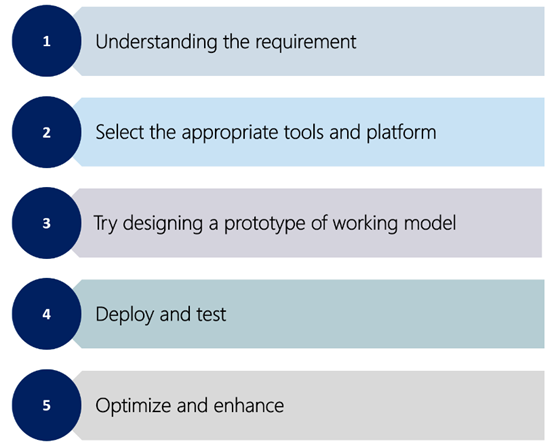
Figure 4: Creating a Conversational AI system from scratch
Details on how to create a Conversational AI system are given as follows:
1. Understanding the requirements
Understanding the unique requirements and use cases of the business is the first step in developing a conversational AI. Answering questions such as ‘What do you want your chatbot to accomplish?’ and ‘What kind of dialogue would you like it to be capable of having?’ will assist in figuring out the requirements.
2. Select the appropriate tools and platform
There are numerous platforms and toolkits available for building conversational AI. One must select the platform that best meets their needs because each platform has distinctive advantages and disadvantages.
3. Designing a prototype
Creating a prototype will help in understanding the flaws in the required system before deploying it.
4. Deploy and test
After building the chatbot prototype, it's time to deploy and test it. Gathering feedback from a handful of users and their experience with the chatbot is the best way to evaluate and make relevant improvements.
5. Optimize and enhance
Learning from the user experience and their review, as well as adding novel characteristics on a timely basis, keeps the system updated and bug-free. This, in turn, increases user engagement with the chatbot.
Present Challenges and Future Potential
Future customer interactions will undoubtedly look and sound very different from those of today. Enhancing machine learning algorithms has become crucial to enable them to comprehend the meanings of new phrases and foresee what customers will desire when they use them. Additionally, artificial intelligence can face challenges in understanding human language when the accents vary.
Conclusion
In the future, more advanced conversational AI may be able to identify when a sentence is ironic or sarcastic. The tone of speech can indicate whether the words and feelings have different meanings for the end user. However, in true terms, deep learning will play a significant role in the future of AI technology to enhance automatic voice recognition (ASR), natural language understanding (NLU), automation, and chatbots.
